Seeing the toilet leaking from the base is absolutely stressful. But when you encounter the same issues even after replacing the seal, not to mention it will cause your head to turn.
But why is the toilet still leaking after replacing seal?
Well, there are many reasons, and the typical reason can be clogged drain, loosened/broken T bolts, or cracked toilet bowl. Even the wax ring may not be the correct size or won’t compress correctly.
You need to find the specific problem before replacing the seal again, and there is a more detailed discussion on this issue.
In this post, you will learn how to get rid of this problem. So stick with us and resolve your situation quickly. Let’s get started now!
Why Is Toilet Still Leaking After Replacing Seal?

Once you replace the seal but the toilet base is still leaking, primarily you should check out if there is any problem with the bottom parts of your toilet. So here we listed the top crucial reasons behind your replaced toilet seal still leaking.
1. Clogged Drain Line

First, make sure your drain line is not clogged. Because when there is a clog in the drain line, the water and waste get stuck there. Therefore, flushing the toilet results in water buildup and exerts pressure on the wax ring. When it happens repeatedly, it gradually loses the seal, and the seal can’t stand against all the water. Finally, you’ll end up with leaks.
How To Determine It’s The Reason
When you’ve to plunge into your toilet so often, it means there is something wrong in the deepest part of your drain pipe. So maybe using a toilet auger won’t be worth it.
How To Fix
In such a situation, it’s recommended to hire a professional plumber who will clear the drain line as well as take care of your toilet leaking.
2. Bowl & Tank Connection

If the toilet isn’t clogged, still the water is floating around the base. So it’s time to check the connection where the toilet bowl and tank meet.
How To Determine It’s The Reason
Two or three bolts connect the tank and bowl with rubber washers into the toilet tank. The bolts can be loosened over time, and the washers also may wear out. As a result, it causes water to leak from the tank, and the water accumulates around the toilet base. Just check the bolts to determine the loose connection between the toilet tank and bowl.
How To Fix
It’s so simple to tighten the toilet bowl and tank connecting bolts. But if you feel all connections are properly tight, but the tank is continuously leaking, consider replacing the washer; that’ll provide you with a water-tight seal.
The Things You’ll Need
- An adjustable wrench
Project Overview
- Estimated cost- $0
- Required time- 5 minutes
- Skill Level- Beginner
Process
- Begin tightening the bolts by turning it clockwise using an adjustable wrench.
3. Broken Or Loose Flange Bolts/Caps

Flange bolts are also known as closet or T bolts. You’ll see them behind plastic caps at the base. These bolts help to keep the toilet firmly in place.
However, if the bolts’ caps are broken or the bolts are not tightened or secured well, they can’t provide enough pressure against the wax seal. That’s why it may cause a leak.
How To Determine It’s The Reason
While the toilet water heads towards the drainpipe, close inspection of toilet bolts’ caps can help to determine whether the toilet is still running after replacing the seal from its T bolts section or not.
How To Fix
Fortunately, you can fix this problem easily within a few minutes and a few tools.
The Things You’ll Need
- A flat screwdriver
- An adjustable wrench
Project Overview
- Estimated cost- $0-$15
- Required time- 10-20 minutes
- Skill Level- Beginner
Process
- First, reposition your toilet so that it does not become unstable.
- Check the situation of the flange bolts, remove their plastic cap with the screwdriver and test whether they became loose.
- If you find them loose, carefully tighten them using a wrench.
- However, ensure you’re not over-tightening the bolts, as doing so can crack the porcelain.
- Lastly, replace the plastic caps.
However, if the bolts keep spinning freely, then the bolts are likely striped or broken and need to be replaced. In that case, you have to buy universal toilet bolts and caps set and replace the old one.
4. A Cracked Toilet Bowl

In some cases, the culprit can be a crack in the toilet bowl. Though this hardly happens, it is not impossible.
How To Determine It’s The Reason
Give your toilet a good check if there is any visible crack. It may be a hairline crack that is hard to see. Water can leak through the crack and pool around the toilet’s base.
How To Fix
A cracked toilet bowl doesn’t indicate the necessity of replacing the bowl. Rather you can repair the small crack with a waterproof sealant. Here I’ve talked about cracked toilet bowl causes in details.
The Things You’ll Need
- A sealant
- A putty knife
- A towel
Project Overview
- Estimated cost- $10
- Required time- 25-30 minutes
- Skill Level- Beginner
Process
- Turn off the water supply of your toilet and drain the entire water of the toilet bowl
- Dry the bowl and wipe it to make sure it’s clean
- Apply sealant and spread it with a putty knife.
- Let it cure according to the manufacturer’s direction
- When the sealant dries, pour some water into the toilet bowl to see if it’s still leaking.
- Now, turn on the water supply and flush the toilet several times.
If you get the base dry from now onwards, the sealant trick must successfully handle the leaks. But if the crack is too large and leaking, consider replacing the toilet.
5. Wax Ring And Flange Problem
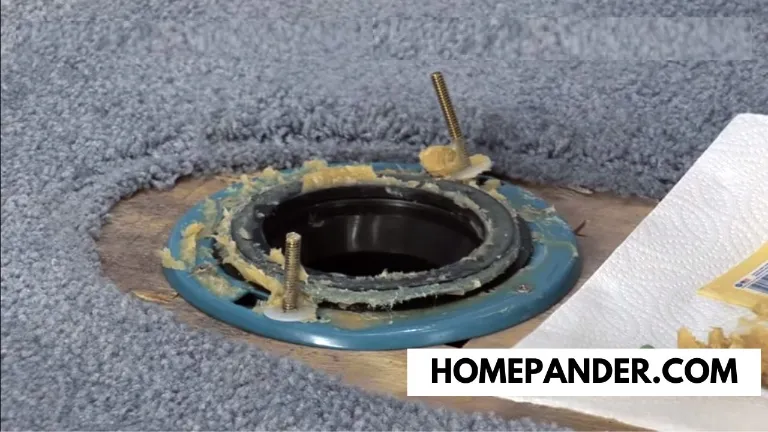
First of all, the toilet wax ring and flange are interrelated. So we think it’s better to discuss wax ring and flange related problems in a section instead of separating them.
Part A: Wax Ring Compression And Size
Before sealing the toilet, you might replace the toilet wax ring. So remember, did you use the right size of the wax ring and rightly compress it when setting the toilet?
Because the wax ring is the right size and around the flange, which means it’s perfectly compressed. Once the ring is compressed, it stays stable and doesn’t rebound like a spring.
If the wax ring was poor quality or installed incorrectly, it may leak water. So after investigating other possibilities, it’s worth checking the wax seal.
How To Determine It’s The Reason
If you purchase the wax ring without any pro help, you may pick the wrong one. First, double-check your newly replaced wax ring package to know its size.
You have to consider two factors, the thickness, and width of the wax ring, to determine the size of the wax ring. To check it, you should know how to determine the wax ring size and thickness. So it’s better to learn.
- Checking Right Wax Ring Size?
First, disconnect the toilet from the floor and carefully tilt it on its side. You’ll notice an opening at the toilet’s bottom called “elbow neck.” Next, measure the width of this elbow neck, and this measurement will be the actual width of your wax ring.
Don’t measure the width of your old wax ring because its shape can be damaged and possibly give you the wrong measurement. That’s why measuring the elbow neck of the toilet is the best way for accurate size.
- Checking Wax Ring thickness?
You have two options to check the wax ring thickness. One is double thickness, and another is regular thickness. Thankfully, you don’t have to measure anything to find the thickness of your wax ring.
Rather, only observe where your toilet flange has been installed. If it sits below the floor, you should get a double-thickness wax ring. Conversely, get a regular thickness of the flange that is placed level with the floor.
Part B: Damaged Toilet Flange
If you get the right wax ring compression and size, the problem may be in the toilet flange. The Toilet flange connects the toilet to the drain pipe. And the wax ring was placed between the flange and toilet. So when the toilet water goes to the drainpipe, the wax ring creates seals between the toilet and floor to prevent the sewage water from leaking.
How To Determine It’s The Reason
The ideal location for the toilet flange is placed on the top of the finished floor. Lift the toilet out and look if it sits there. If it is installed quite a bit below the floor, where the tile and underlayment are around the flange, it possibly could not work and cause leaking.
Make sure the flange is tightly fastened to the floor with screws.
How To Fix
If the toilet wax ring, and flange is not installed correctly, you’ll have to reinstall it. As most probably, you have already replaced the wax ring and flange. Hopefully, you can do it without any instructions.
On the other hand, if the new wax ring is the correct size, the shape is also intact, and the flange is fair, you should consider damaging the toilet floor. Because except this, you have already checked other possibilities.
6. Damaged Or Weak Floor Under The Toilet
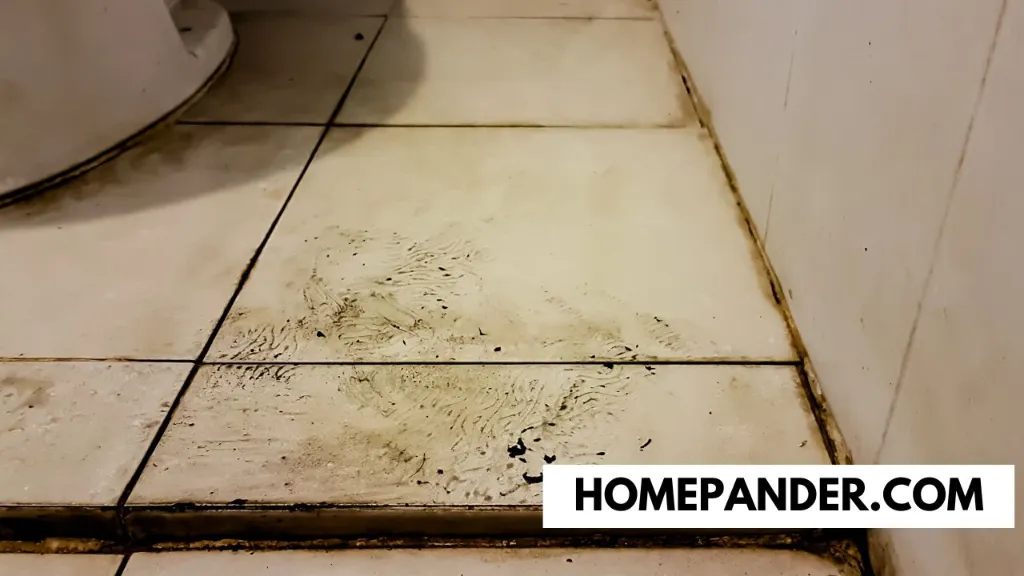
Does your toilet rock after reviewing everything? As people continuously sit on it, over time it may be loosened. There can be two reasons behind the rocking toilet.
The first one is something we have already mentioned, such as loose bolts, broken flanges, or wax rings. And the second reason is the floor under the toilet may be rotten or weakened.
The wax ring creates a strong seal between the floor and the toilet. But when the floor is weak, it loses tightness between the toilet and the flange.
As a result, the wax ring doesn’t have enough pressure to create a proper seal. Therefore, when the toilet rocks, the wax squishes and leaves a gap, so the toilet shoots after replacing the wax ring.
How To Determine It’s The Reason
First, check all the above possible reasons. If those aren’t the issue. Then it’s predictable that the floor beneath the toilet is weak.
How To Fix
If you think your floor is the reason for your toilet leaking after replacing the seal, you’ll need to repair the floor and reposition your toilet. For this procedure, call a plumber who can professionally handle the situation.
FAQs
Why is the toilet still leaking after replacing the flush valve?
If the leak occurs after the new installation of the flush valve, you should check the lock nut if it requires further tightening.
Make sure you do not tighten the lock nut more than ½ turn beyond hand tight. Another reason behind leaking can be problems in its flapper. If the flapper has been used for more than 5 years, you should replace it.
Why does the toilet still leak after replacing gasket?
If your toilet still leaks after replacing the gasket, the main reason can be that the flush valve seat is bad. So you might consider replacing the flush valve.
Why is the toilet still leaking after replacing flapper?
If the toilet leaks after replacing the flapper, the suspected reason can be the flush valve. You can find out the problem within seconds. Just lift off your toilet flapper and touch the flush valve’s opening with your finger. If it feels rough or pitted, you should find fine grit sandpaper or some emery cloth to even the rough areas. But if this trick doesn’t work, we recommend replacing the flush valve.
How much does it cost to replace a toilet?
For replacing a toilet, it costs, on average, $200 to $350 (Excluding the costs of the toilet). The cost might vary depending on your location, plus the plumber’s hourly rate. Usually, it takes two to four hours to replace a toilet.
However, if you need to remove your old toilet, the plumbers will take an extra cost of it between $30-$50. Besides the installation cost, ensure you have the budget for your new toilet. The price range of a new toilet might be $100-$400. Of course, the price depends on whether you pick a basic model or a fancier one.
The total cost depends on your particular situation. Such as the toilet’s location, plus if you have other issues while replacing the toilet.
Can you use two wax rings on a toilet?
Using two wax rings on a toilet is not a good idea. It doesn’t create a better seal but rather leads to leaks. That’s because when you double up the wax rings, they possibly slide against each other and create a gap. Thus you’ll end up with a wobbly toilet floor.
If your current wax ring is not adequately thick, replace it with a double-thickness ring, or you can attempt flange extension. You can buy the flange extenders from any online shop or home improvement store at $4. Additionally, you can purchase the whole flange extender kit for $15.
How long does a toilet wax ring last?
If you have no special circumstances, such as drying out the wax, crumbling, or failing, then your toilet wax ring should last around 20-30 years or more. Luckily, the wax ring doesn’t require any maintenance.
However, if you replace your toilet, make sure you replace the wax ring too. Though you reinstall the old bathroom, don’t reuse the previous ring. Rather consider using a new one.
What could be causing my toilet to still leak after replacing the seal?
There are several reasons why a toilet may continue to leak after the seal has been replaced, including cracks in the toilet bowl, damaged tank bolts or washers, and faulty water supply lines.
How can I diagnose the source of the leak?
To diagnose the source of the leak, start by inspecting the toilet bowl and tank for cracks or damage. Next, check the tank bolts and washers for wear or damage, and inspect the water supply line for leaks or kinks.
What steps should I take to fix the leak?
If you’ve replaced the seal and the toilet is still leaking, try tightening the tank bolts or replacing them altogether. If that doesn’t work, consider replacing the entire flush valve or calling a professional plumber to diagnose and repair the issue.
Can I fix a toilet leak myself, or do I need a professional plumber?
While some toilet leaks can be fixed with basic DIY knowledge and tools, more complex issues may require the expertise of a professional plumber. If you’re unsure or uncomfortable with the process, it’s best to call in a professional.
What are some common mistakes that can cause toilet leaks?
Common mistakes that can cause toilet leaks include improper installation of the seal or tank bolts, overtightening or undertightening the bolts, and using the wrong type of seal or gasket.
How can I prevent toilet leaks from happening in the future?
To prevent toilet leaks, make sure to use the right parts and tools when installing or repairing your toilet, avoid flushing non-flushable items, and regularly inspect and maintain your toilet to catch any issues before they become bigger problems.
In Conclusion
These are the possible reasons and solutions for your toilet still leaking after replacing the seal. You should handle the situation with patience. Otherwise, you may make mistakes, and the problem will turn worse than it is now.
Initially, try to solve the issue as long as it is a DIY job. But if the problem goes beyond your hand, it requires expertise and experience. So you should contact a professional.
Good luck!




![How to Remove Crystallized Urine [Explained]](https://homepander.com/wp-content/uploads/2022/02/How-To-Remove-Crystallized-Urine.jpg)


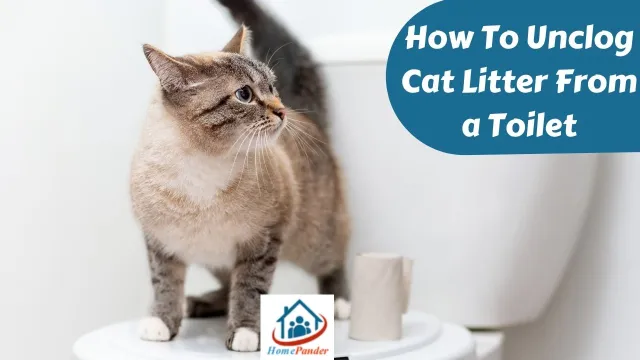
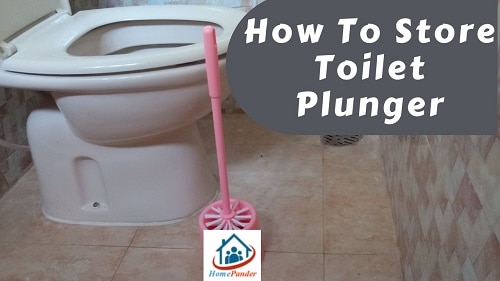
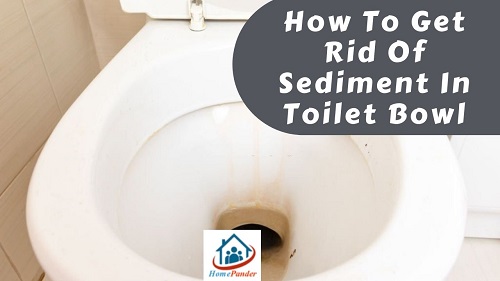
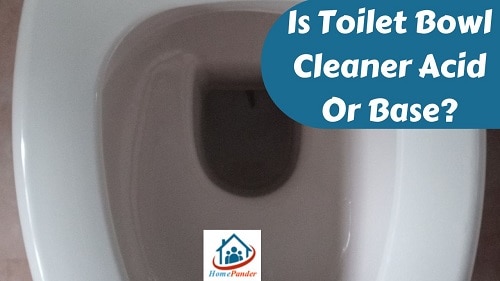
![How To Clean Dark Grout That Has Turned White [5 Easy Ways]](https://homepander.com/wp-content/uploads/2021/12/How-To-Clean-Dark-Grout-That-Has-Turned-White.webp)